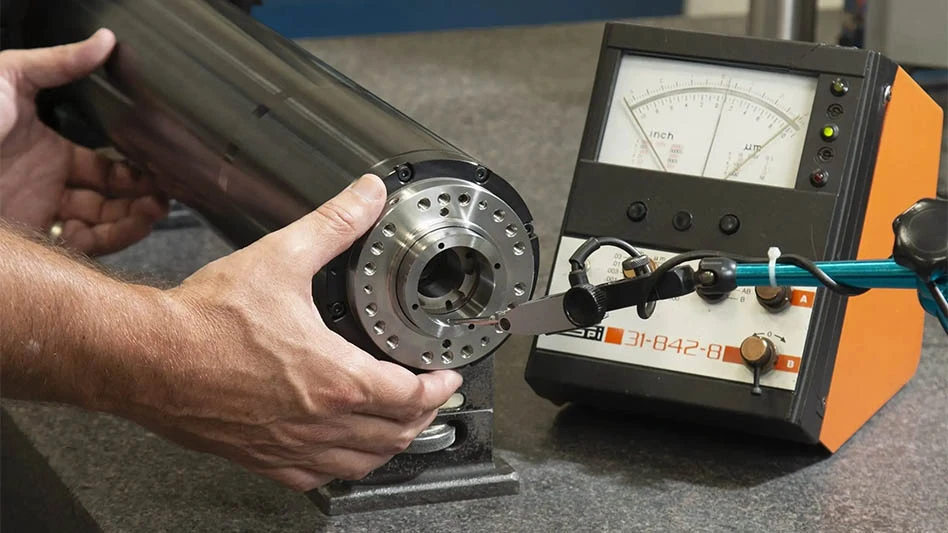
Lockheed Martin
The Sikorsky Raider X® competitive prototype for the U.S. Army’s Future Attack Reconnaissance Aircraft (FARA) is more than 85% complete, progressing 50% faster through production and assembly compared to legacy programs.
Sikorsky, a Lockheed Martin company, has made significant progress on Raider X, which is now weight-on-wheels at the Sikorsky Development Flight Center in West Palm Beach, Florida. The aircraft, which Sikorsky has begun powering on, has accomplished nearly 50% of required System Acceptance Test procedures.
Sikorsky X2™ technology underpins the Raider X design. The compound coaxial technology of X2 provides unmatched potential and growth margin for increased speed, combat radius, and payload. This enables a broader range of aircraft configurations for specific mission requirements.
Sikorsky President Paul Lemmo says, “With X2 Technology, Raider X has the ability to grow, unlike a single-main rotor configuration.”
In addition, the build of Sikorsky’s second FARA fuselage is now complete. This fuselage is being integrated into Sikorsky’s structural test program and will be used to validate the flight and ground loads capability of the airframe.
“We took an innovative approach with our second prototype fuselage,” said Sikorsky FARA Chief Engineer Pete Germanowski. “The second fuselage has not only increased the efficiency of the build and test of our first aircraft, it gives us the option to build it out as a second aircraft, providing us with more flexibility and greater risk reduction.”
Raider X features Modular Open System Architecture (MOSA)-based avionics and mission systems offering “plug-and-play” options for computing, sensors, survivability and weapons. X2 compound coaxial technology provides unmatched potential and growth margin for increased speed, combat radius and payload. This enables a broader range of aircraft configurations for specific mission requirements.
Sikorsky’s risk-reduction tools
• Established high-tech manufacturing facilities: Lockheed Martin is leveraging an established, low-risk manufacturing capability augmented by a more than $600 million investment in digital thread and advanced manufacturing. This digital environment is embedded throughout the company’s engineering, manufacturing, and sustainment workforce.
With proven world-wide supply chain partners, Raider X will leverage advanced manufacturing processes currently in use today on the Black Hawk, Combat Rescue Helicopter, and CH-53K.
• Digital thread and virtual models: Raider X fully uses Sikorsky’s digital thread and virtual prototyping tools to maximize capabilities while optimizing affordability and sustainability throughout the aircraft’s life cycle. The virtual models are highly reliable, physics-based simulations of the design that provide early discovery, minimize redesign, and enable future upgrades to be efficient and affordable.
Implementation of such advanced processes reduced lead-time for aircraft components by more than 50%. Lockheed Martin began manufacturing components for Raider X on production tooling while still in conceptual design. Then, less than a year later, completed hardware components were available for customer review, including comprehensive aircraft assembly simulations for all components.
• Sikorsky S-97 Raider: One of the primary risk reduction efforts is flight test data from the S-97 Raider®, which is funded entirely by Sikorsky. The S-97 Raider is an 80% scale prototype of the Raider X design, and the flight test program informs design decisions, correlates to a virtual prototype and enables Sikorsky to experiment with the unique capabilities that X2 technology provides.
Latest from Aerospace Manufacturing and Design
- Qatar Airways orders up to 210 Boeing widebody jets
- Digital test indicator offers larger measuring ranges
- AviLease orders up to 30 Boeing 737 MAX jets
- 256-piece general maintenance tool kit
- JetZero all-wing airplane demonstrator achieves milestones
- Cermet indexable inserts for medium turning operations
- Trelleborg acquires Aero-Plastics
- Industrial automation products, enclosed encoders





